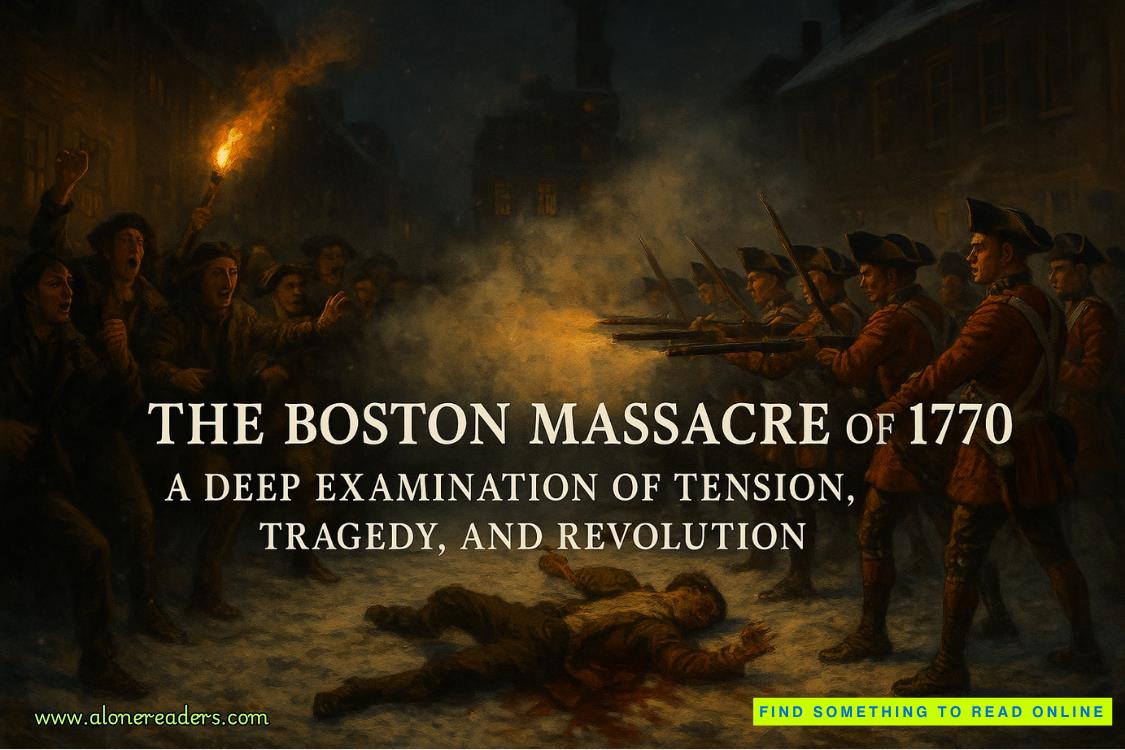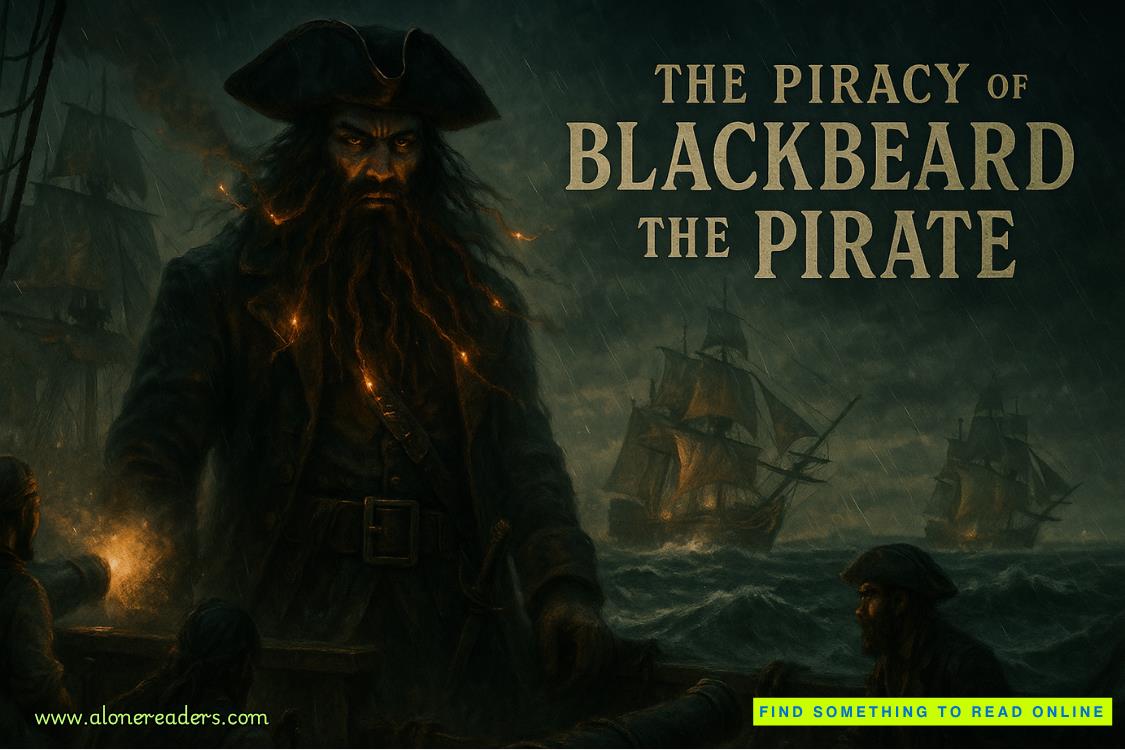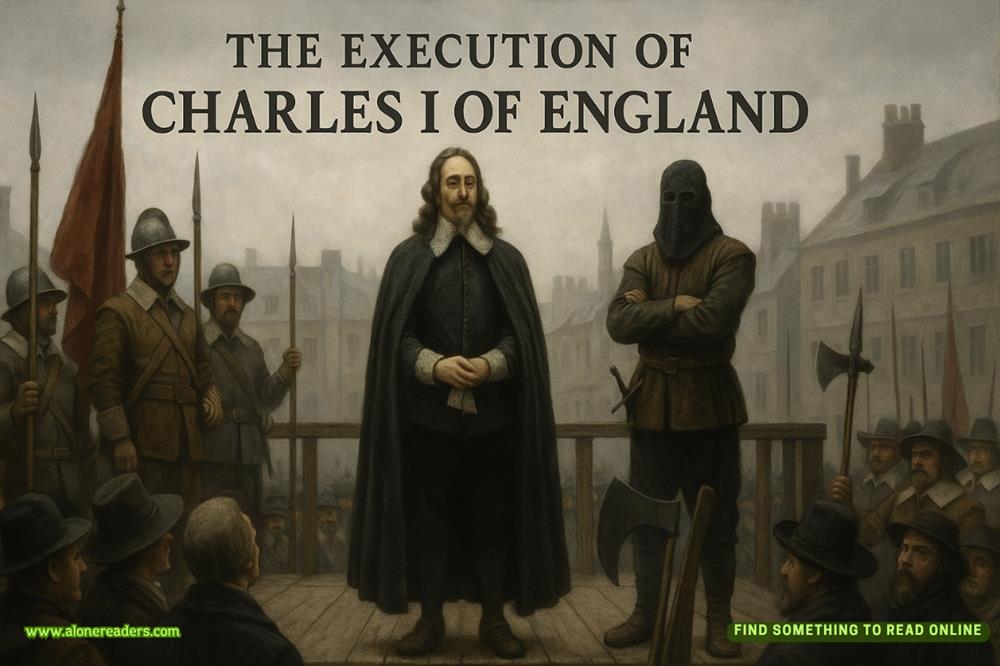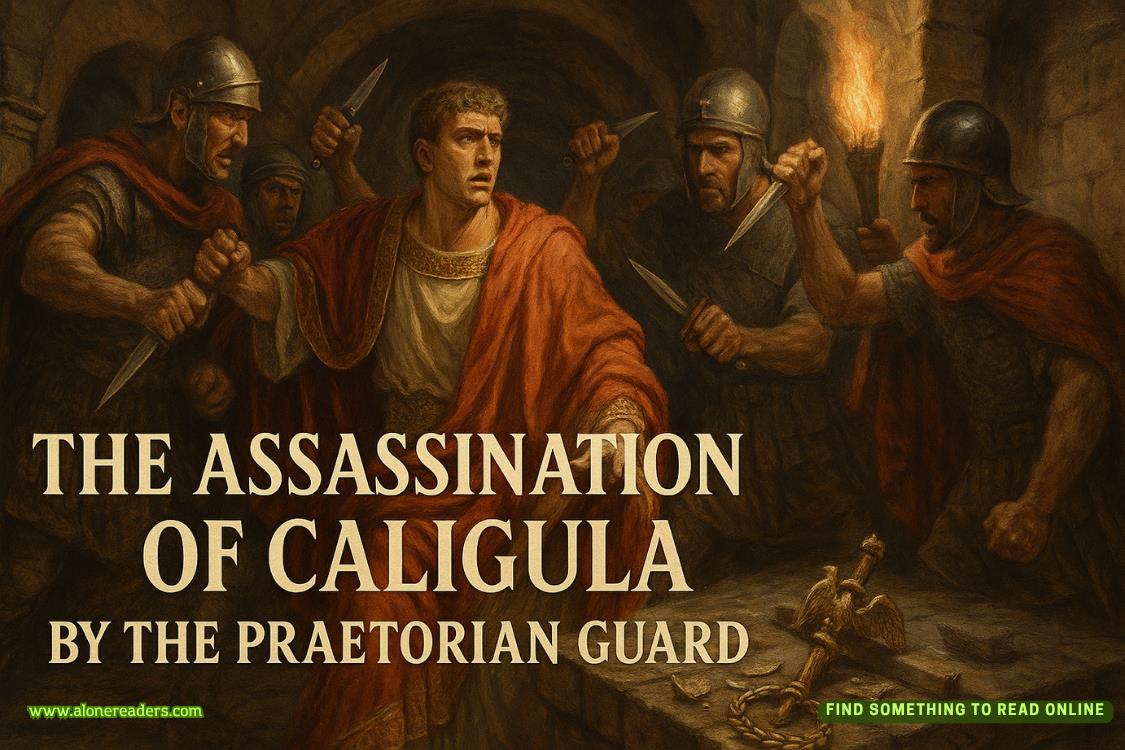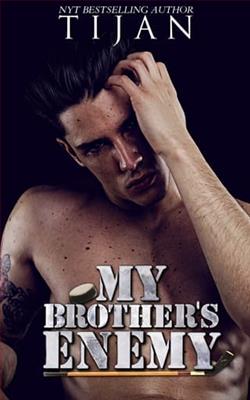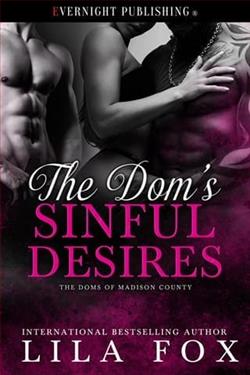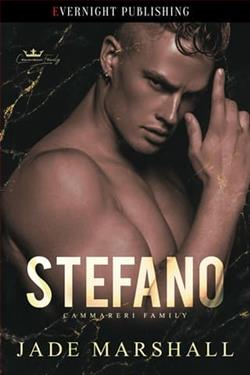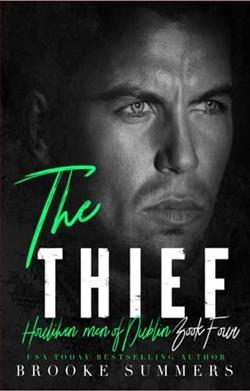Page 11 of You Can't Hurt Me
Falling asleep, it’s her face I see. Eva’s. She reaches out to me, brushing a blade across my skin, and I feel...nothing. It is exhilarating, euphoric even, watching it move across my flesh. Is this how she felt, how she wants me to feel too? I wonder as I drift in and out of consciousness. How easy it must have been for her in so many ways to be protected from pain.
The endless freedom to push yourself to the sharpest edge, never afraid of what may happen if you fall.
Eva’s Self-Reflection Journal
25 January 2019
Oh, the joy of group analysis this morning. In the windowless basement room of the clinic, we sat and we stared at the circle of floor between us, as if it was a mirrored pool that held the secrets to our poor frayed psyches. The silence skewered me.
The usual suspects cracked first. The woman with oversized red specs and waist-length silver hair sighed and told us about her narcissistic, alcoholic mother, the long shadow she still casts in her life, the father who walked out when she was a baby. I stifled a yawn, pitying the undeserving patient who ended up paying her for wisdom.
“You know it’s difficult sometimes,” she said, her wispy, querulous tone rising with a glance at me. “Sharing so much when others don’t share at all. It doesn’t feel...supportive?”
“Silence can stand in for so much,” said Janet, agreeing with her.
Boredom, chiefly, I wanted to say. I was feeling nothing. But the new self-reflective me decided to play the game. I offer, “Silence can feel like a judgment, I guess.”
I wanted to tell them about myself, I really did, but I wasn’t sure where to start. One tabloid described me once as a “medical mutant” and maybe they were right. At the age of ten, while eating a pizza, I bit off the tip of my tongue without even realizing. I remember a moment of alarm, the crispy pepperoni mixed with blood. Unpleasant but not remotely painful. I once cut myself with a knife, and to stem the bleeding, cauterized it on the stove. The smoky aroma was like barbecued pork.
Is it that surprising I find the emotional stuff alien? I’m wired up differently. I’m a house with no alarm system, doors and windows flung open to the world. Set fire to me, break my bones, cut me open, make me bleed. Please, be my guest. I can assure you, I’ll feel precisely...nothing.
If I’m not going to confide in them, what the hell am I doing here? Why do I even want to be a therapist?
Briefly, I had entertained the idea as a way of finding inspiration for my sculpture. Artists need pain, it’s their fuel. But on reflection, such logic was never going to sustain me through this. I needed to really believe in this new process, as a way of finding new ways to feel, to empathize and understand.
Nate’s agenda for me was different. When I first suggested it, I could see a glimmer of hope in his eyes, that maybe I could change back to the person he fell in love with. In a therapeutic setting, given time, I could become a nurturing empathetic wife, even. “You’re not like the others,” he used to say, by which he meant the (very) few other women he had met. Bold, risk-averse, restless for novelty, immune to consequence, he loved that in me. Until he didn’t. How quickly we are repelled by what we once desired.
When Nate diagnosed me, he told me I was one of less than a hundred people in the world known to share the condition. Once he isolated the gene, SCN9A to be exact, he was convinced it was a blueprint that could unlock the key to pain. Whatever is inside me, he said, could ease the suffering of so many lives.
Was it only because of this I fascinated him? I began to wonder. He examined and studied me, wrote papers and gave lectures about me. For too long, my uniquely flawed, fucked-up brain became his calling card.
6
It is less than a twenty-minute walk across the park to Dr. Reid’s riverside home, but it could be a different country. Instead of screeching sirens, there is the shrill, insistent pitch of birdsong. I pause, crane my head. Shutterless windows stare back at me. From the outside Algos House looks the same as the others, nothing out of place, an elegant Regency facade with sash windows, a gravel drive, a gleaming black front door. Now, finally, I’m about to find out how much that’s really the case. I had doubts the interview would happen at all until last night when Rhik finally texted.
Nate can do midday for the interview and an early slot for the photographer, around 10am if that suits? His niece Jade will be there to let you in—need any more directions?
No worries. I’ll find it.
Of course, I will. Anyone like me familiar with the story knows exactly where Dr. Nate Reid lives, the sort of neighborhood where nothing bad ever happens. Except that, not so long ago, it did.
Two and a half years prior, to be exact. It was a Friday evening and Nate had returned home, according to news reports, and walked into Eva’s studio to find her collapsed on the floor. The pathologist gave her cause of death as a hypoxic-ischaemic brain injury—lack of oxygen to the brain—after a drug-induced heart attack. A high level of cocaine was discovered in her bloodstream, which could indicate an overdose, although there was no evidence Eva wanted to take her own life in the days leading up to her death, and no note was left. Still, that was the theory Nate had offered to the investigators.
The type of heart attack that reportedly killed Eva was the deadliest. Known as the widow-maker, it causes a total blockage in the left main coronary artery, meaning the heart stops beating almost instantly. An early indicator in cases like this is often severe chest pain, a crucial sensation that, tragically, Eva would have been unable to feel because of her genetic condition.
In the end, the jury’s verdict was open, meaning they were unable to draw any strong conclusion since evidence was lacking. Questions remained with no black-and-white answers, only endless gray. Who inflicted small bruises discovered on her upper arms? Who vandalized her sculptures and why? Who took her cell phone? And where was Eva’s glass cutter, the tool she relied on most for her sculptures?
Inevitably, Nate was viewed in a suspicious light even though he denied any wrongdoing. He told the police the last time he saw Eva alive was the morning of the day she died, that he had spent the day at a work conference in Manchester and stayed overnight, only returning the next day. His alibi was watertight—his speech was well-received by a large audience and afterward he went out for drinks with colleagues. There was no sign of forced entry at their home, and only Nate’s fingerprints were found at the scene.
While her sister, Kath, battled publicly to reopen the inquest, Nate chose to vanish from view, burying himself in his work at the Rosen, trying to ignore the media’s interest in the tawdry details that portrayed his wife as a vulnerable-but-reckless figure. Kath was adamant this wasn’t the sister she recognized and loved, the woman who dedicated herself to helping others by training to be a psychotherapist.
With all this scrutiny, it wasn’t surprising that Eva’s art had increased in value since her death, selling steadily from a small gallery in Whitechapel. She had established her style early on, sculpting female torsos in mottled bronze. What set them apart was their generous forms, wide-hipped, curvy and soft-bellied. These weren’t idealized female figures, far from it. At the waist they would taper to a fine edge where she would spike them with an array of razors, knives, nails, crushed glass or barbed wire, depending on the scale. The female body weaponized.
Visceral and urgent, the critics agreed her work was a powerful comment on female anger and self-expression. I followed her art on auction sites and was even tempted to buy one of her smaller pieces, until I saw the prices. Definitely out of my league with my journalist reporter’s salary, along with a brother like mine to support.
I check my watch and repeat my name into an intercom. I hear footsteps inside, stand a little straighter and step forward. Showtime.
A young woman answers the door. “Hi. You must be Anna,” she says, shaking my hand. “I’m Jade.” I notice a tiny blue swallow tattoo on the inside of her wrist. She wears a long box pleat skirt in eau de Nil that shimmers as she walks.
